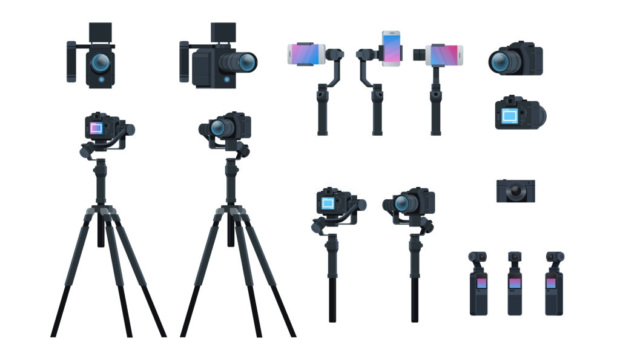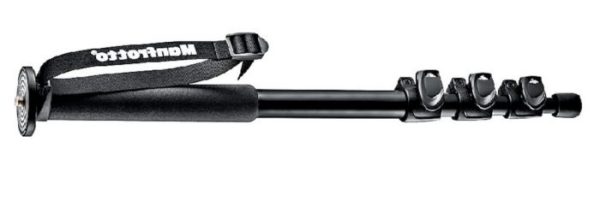Tripod vs. Monopod – Which is Best for You?
For those whose love for photos and adventures, a camera is a pet that is always in the handbag if not suspended on the shoulders. The type of camera, however, depends on the affordability and availability. Other factors that come in handy are the clarity and mobility of the camera. DSLR camera comes in two forms, either tripod or monopod, both of which functions differently but contribute to customer satisfaction in equal measures.
Camera Tripod
Tripods are among the frequently used cameras as they allow a clear capture of the surroundings without much struggle. The support that the camera gets from a stand will enable it to rotate at any angle and capture the most stunning images at the comfort of the photographer. Tripod is among the oldest ever used cameras, but it remains relevant in the adventurous modern world, and it remains a preference to many users. The stand makes it user-friendly to any person of any age, without much consideration of the ability to focus as it is easily adjustable.
A tripod comes in three legs made of carbon fiber or metal, hence allowing extra and convenient support for a DSLR camera. This positioning ensures convenient capturing of the images without much worry that the camera may fall off, or the vision may get blurred due to movement.
The most iconic advantage of a tripod is that it allows the photographer to take the images while anywhere and at any time. Be it in the light or the dark, and the tripod will enable the shooting of cool images when a DSLR camera is mounted on it. A shooting surprise is possible with a tripod stand. When set facing the sky and set to shutter at intervals of thirty seconds, the tripod stand-mounted camera will capture the rotation of the earth with much ease, including the sky and the stars creating some impressive and overwhelmingly bright star trails that are irresistibly beautiful.
The only sure way to ensure your images are excellent and tack sharp is undeniably achievable by the tripod camera stands.
Monopod
A monopod work in a similar approach with a tripod camera stand and allows a photographer to get a high-quality caption with less movement like that of a tripod stand. Unlike the tripod that stands using three legs, a monopod camera stand uses one leg, making it elegant and less bulky to transfer from one position to another. It is a perfect alternative to use in places where it is risky or hard to use tripod stands. Monopod camera stand is equally convenient in the sense that even in places that may look dangerous and inaccessible, it is possible to get a crucial capture, hence recommendable for adventurous photography.
The sports photographers are a perfect match for the monopod camera stand users. They strategically stand beside the pitch with monopod stands, making it less distractive and allowing the photographers to move around the pitch with much ease and without disrupting the spectators.
Conclusion
A tripod is undeniably the best purchase for any professional photographer. A tripod stand assures the photographer no worries about the blurred images, and without any concern about the time of the day when the image is to be captured. Be it in the night or during the day, and the tripod camera stand allows the photographer to decide when to shoot, where to shoot, and at what position to pull. It is both convenient and user-friendly. The monopod, on the other hand, is acutely specialized in the sense that it is applicable on specific occasions and, therefore, less common in the public domain.
The sports photographers are the best suit to use monopod stands as they allow them to use a flexible pitch without disrupting the spectators and other sports stakeholders.
In essence, photography is made more accessible by a clearer understanding of the reliable monopod and cost-effective tripod. Professional photographers will have an easy time selecting the best type of camera stand and at the most convenient time. Both monopod and tripod are user-friendly, and they fit the occasion at hand. It is up to the photographer to place the odds on the table, earmark the line of photography professionalism, and decide what type of camera to go for in the long run.








![Modern Living In Rural Areas [Infographic]](https://technofaq.org/wp-content/uploads/2017/02/modern-living-in-rural-areas-150x150.jpg)






